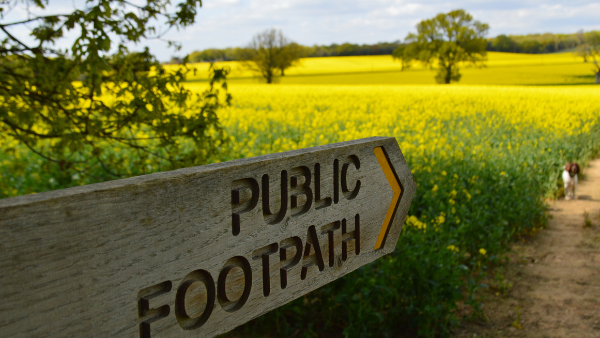Author
In the recent case of Claydon Yield-O-Meter Ltd v Mzuri Ltd [2021] EWHC 1007, the Court considered whether testing an invention on a farm made it “available to the public” and thereby invalidated the patent.
Patentable inventions – the law
A patent may be granted only where the invention is new (s1, Patents Act 1977 (“PA”). An invention shall not be taken to be new if it forms “part of the state of the art” – i.e. where it has been “made available to the public” prior to the priority date of that invention (s2, PA).
A patent already granted may be revoked on grounds of prior disclosure of that invention (s72, PA).
The case
Claydon Yield-O-Meter Ltd v Mzuri Ltd concerned two patents relating to seed drills. One of the key issues in the case raised by Mzuri was whether one of the patents was invalid due to prior disclosure before its priority date.
Before that date, Claydon had tested its prototype of the seed drill on its farm for ten hours split over two days (including travelling to and from its farm workshop where the prototype was made). Mzuri argued that during this time, Claydon’s prototype could have been seen from nearby roads and from a public footpath, that skirts the edge of the field – “enough to obtain an enabling understanding of the invention“.
The public footpath was said to be unmarked and unmaintained at the relevant time. There was also a circa 6-foot hedge between the footpath and the field, but with gaps at three points.
The Court was required to consider whether the testing on the farm made the invention “available to the public”.
Decision
The Court held that Claydon’s patent was invalid due to prior public disclosure.
In the Court’s judgment, a skilled person standing on the footpath “would have been able to see the prototype in action and been able to deduce from its appearance and from the appearance of soil left in its wake, features of construction of the prototype including all the features of [the claim]”. It did not matter that nobody had actually seen any of the testing or the fact that the public footpath was very little used at that time.
Previous similar cases have been defended on the basis that the prototype would have been concealed, had anyone been watching. Such cases were distinguished on the basis that it would have been “a good deal more difficult” (presumably due to its size) to hide (or otherwise deal with) the prototype in this case.
What are the consequences of this decision?
Critically, this decision emphasises that it does not matter whether testing (or other information) is actually seen or taken advantage of. For the purposes of s2 PA, it is enough that matters related to the invention could have been seen or taken advantage of, for it to form part of the state of the art (and thus not patentable). The simple possibility of public observation is enough to give rise to an argument of prior disclosure.
This case comes at a key time for the agricultural sector when innovation is of top priority. It raises serious practical questions regarding how inventors of agricultural equipment (particularly large machinery) and technology can test and develop inventions confidentially and without matters becoming “available to the public” – including on their own premises. It is common for private land to be abutted by or subject to public footpaths and rights of way. This only increases the need for increased vigilance.
The case serves as a cautionary tale for inventors to ensure that inventions are not tested in public or near to places with public access (even if on private land) prior to the priority date. It would also be prudent to keep records of any steps which are taken to prevent public disclosure. Publishing material (e.g. photographs) prior to the priority date should also be avoided.
It remains to be seen whether the decision in Claydon is appealed.
Print article

